
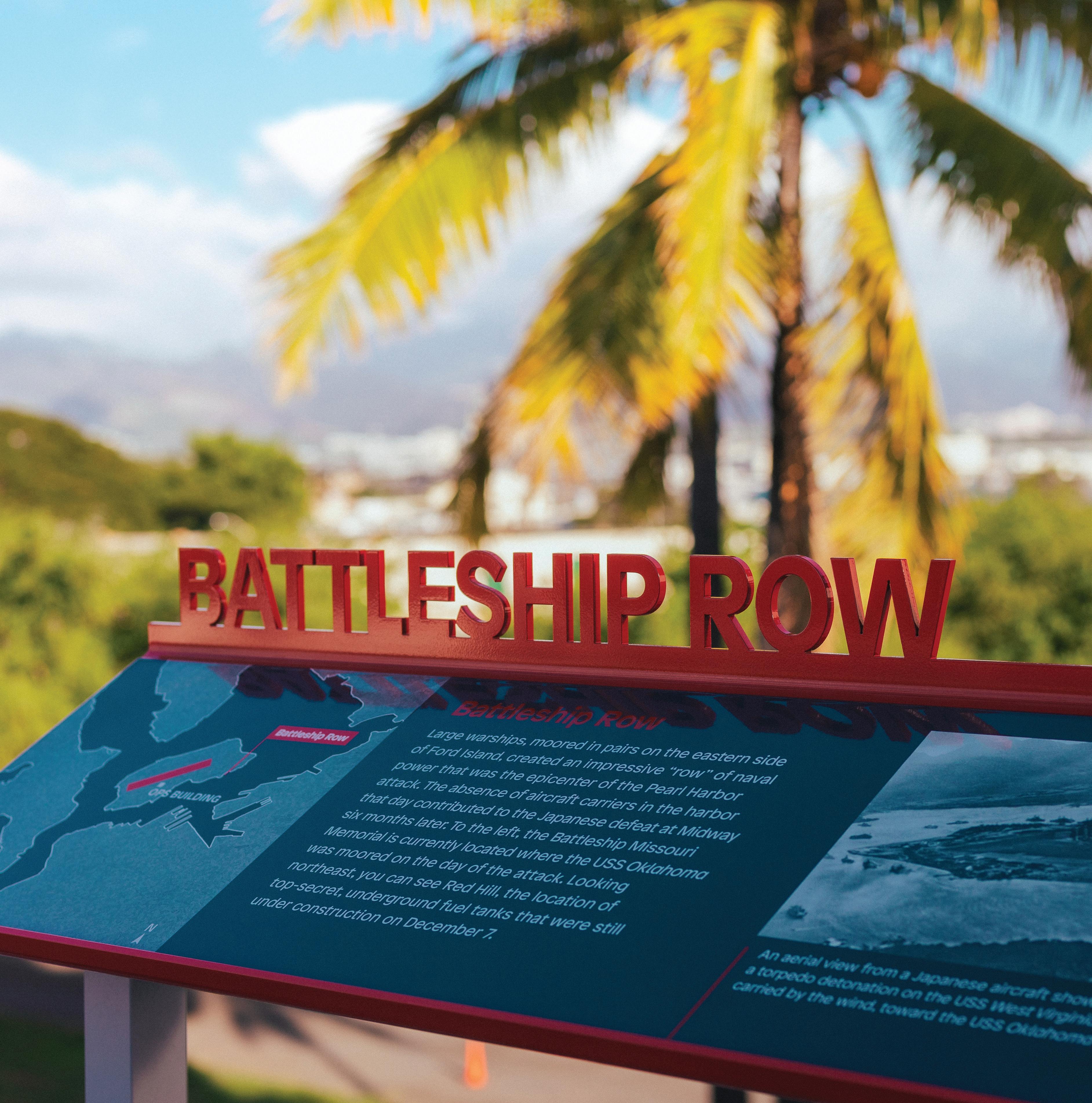

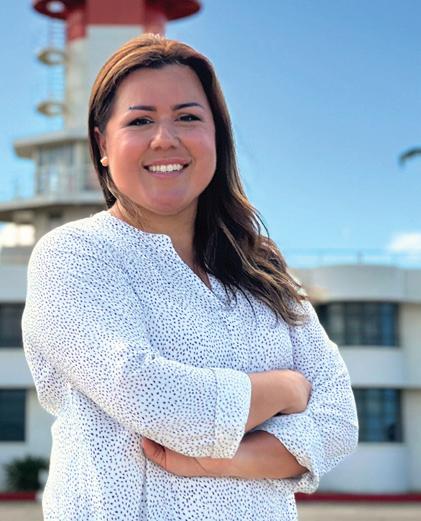
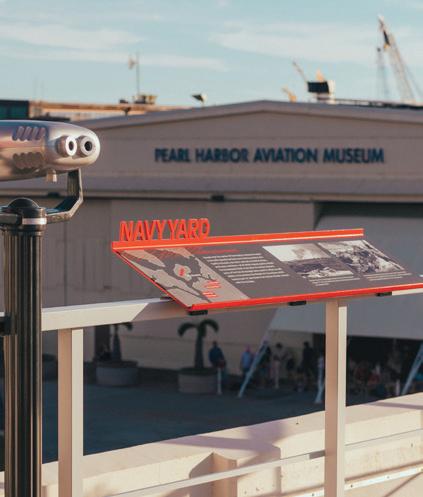
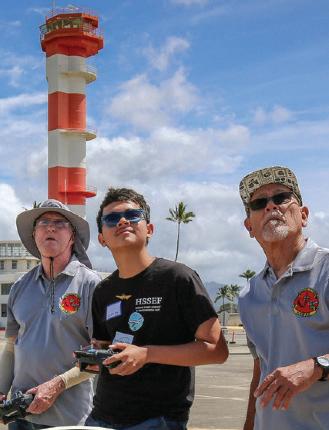

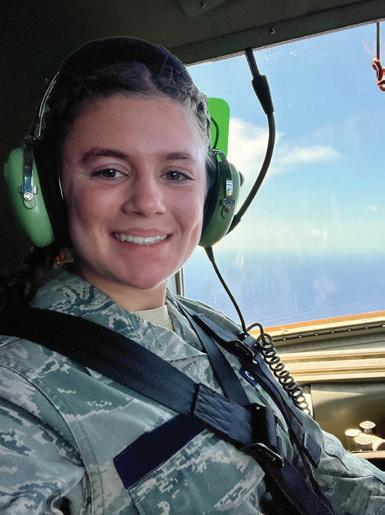
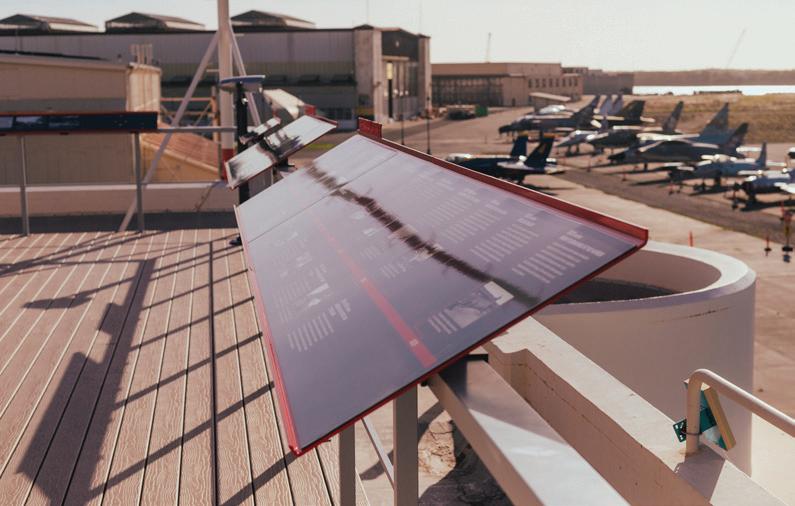
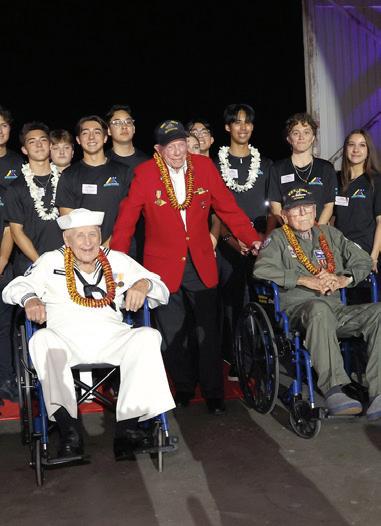
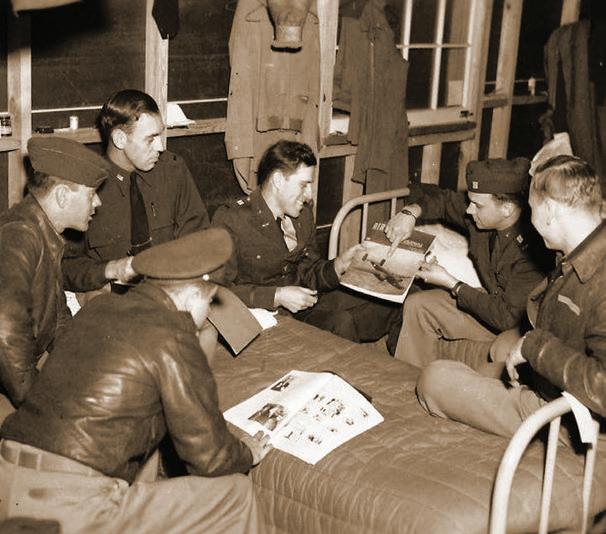
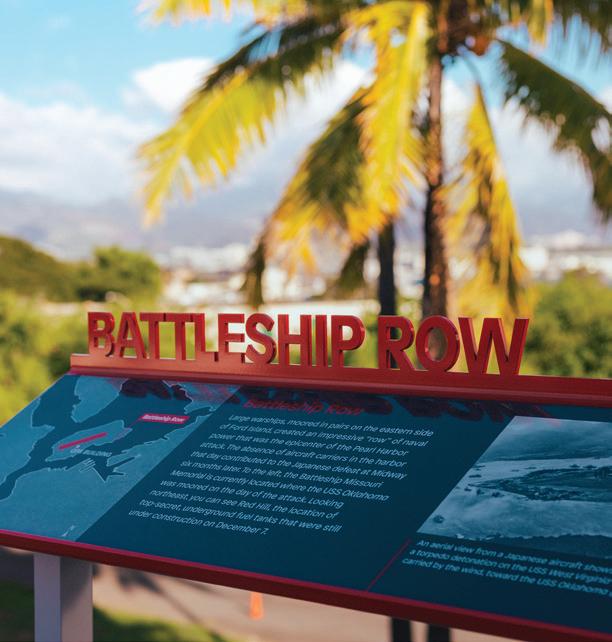
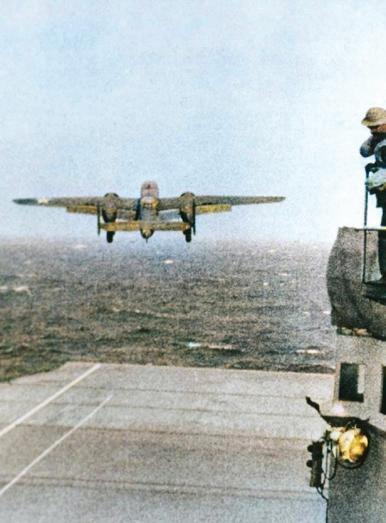
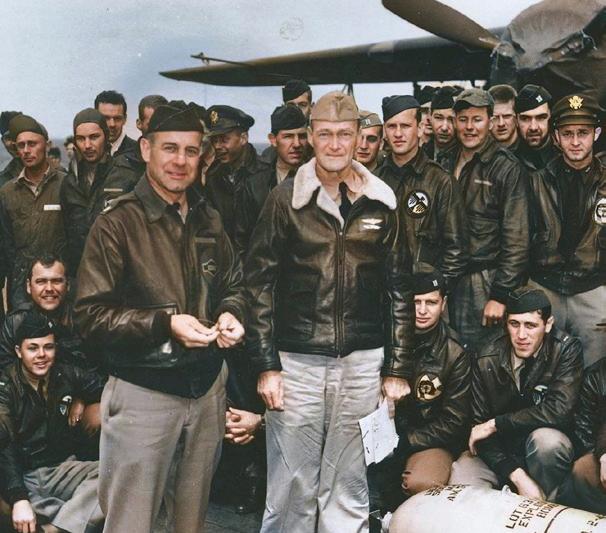

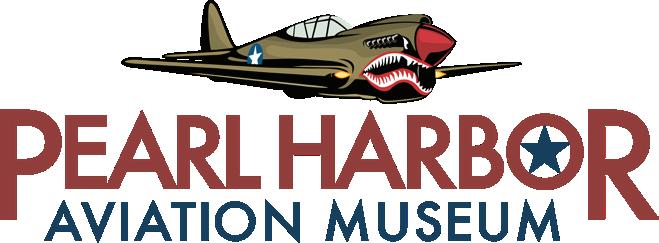

















By Janeen Woellhof, Interim Executive Director
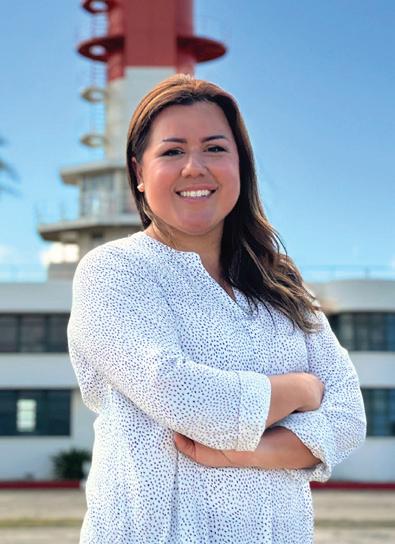
In the past month I witnessed milestone military promotions for two of my dear friends, my brother and sister in arms, who both promoted to the rank of Colonel. As tradition has it, they transitioned rank – being “pinned” with their new rank by their loved ones, then reaffirmed their commitment to service, repeating the Army officer oath of office. The ceremonial activities ensued, and concluded with speeches sharing stories of trials and triumphs that each experienced throughout their careers which brought them to that pivotal point in their lives. One of the key messages of their speeches, as with many others who promote in the military, was the genuine appreciation for their family, friends, and supporters that helped make their successes possible.
These moments reminded me that family and community are at the heart of the military, with our nation’s heroes supported by a much larger network. A shining example of this support can be seen in the women who stepped into the workforce during World War II, like the iconic Rosie the Riveter. Entertainers, too, played a crucial role, using their talents to lift spirits both on the battlefield and at home.
As illustrated throughout our history, and particularly in the military, communities of loved ones and supporters have and still do, continue to play a crucial role in making our nation’s success possible. At Pearl Harbor Aviation Museum, the same concept holds true. It is with the support of our valued ohana whom we call “PHAMily” – our community of employees, volunteers, local residents and supporters throughout –that we can successfully deliver our mission. This year, our priorities are intentionally layered with added emphasis on “PHAMily” – to build and strengthen meaningful connections and offer even more value back to our community.
One of our efforts to bring this in focus is the development of a high school Airframe & Powerplant (Maintenance Technician) Program through the Museum’s Aviation Pathways Program. The development of this program has been a comprehensive
effort and stacking of hands to make new opportunities possible for our keiki (children) in Hawaii. The commitment to offering career pathways in aviation has been overwhelmingly positive, and we are excited to continue moving this forward in preparation for launch in the near future.
Another effort that brings “PHAMily” into focus is our commitment to offering family-friendly activities to our community and guests on a regular basis. In 2025, we are offering “PHAMily Fun Days” which will have a new feature each month over the next several months. With these events, we provide activities that honor our history and heroes, showcase new and inspiring opportunities in aviation, and draw connection to community. Whether you are a local resident, a dear supporter on the mainland, or a visitor from anywhere around the world, we look forward to seeing you there.
I am beyond excited with all the amazing things we are doing at this Museum and for our youth, and look forward to connecting with you in meaningful ways.
Me ke aloha, Janeen

Youth soaring to new heights with RC Flight Training at our most recent PHAMily Fun Day!
By RADM Alma Grocki, USN (Ret.), Board Member and Nominating Committee Chair
Pearl Harbor Aviation Museum is excited to welcome four new board members this year, who bring a unique blend of expertise and insights that will enhance the strength and diversity of our Board of Directors.
Bringing their talents to the Museum are Jack Schneider, Kelly White, Steven Yeffa, and Thomas Zheng. The Board of Directors, management, and staff of Pearl Harbor Aviation Museum warmly welcome these new members.
Concurrently, we bid farewell to Ryan Yanagihara with Moltololo Consulting, and Todd Bedford, President of Lifeline Fire and Security, and extend our heartfelt thanks for their invaluable contributions to our mission during their time on the board.

With a distinguished career spanning military service and business leadership, Jack Schneider has been an active member and supporter of the Museum since 2008. Serving in the military from 1963 to 1975, he earned his pilot wings and accumulated over 21,700 flying hours, piloting at least 14 different aircraft. After retiring from the military, he successfully led numerous business ventures and is currently the CEO of Schneider Aviation LLC. Jack generously donated his Van’s RV-12 aircraft to Pearl Harbor Aviation Museum in 2023, further contributing to the preservation and education of aviation history.

Kelly White is the President and Owner of three small businesses – Waxing the City Kailua, Island Oil & Supply Company, and Container Storage Company of Hawaii. With more than 18 years of experience working in corporate America, she has
mastered the art of strategic business development. Kelly leads these three very different teams, and knows how to leverage their unique skills to drive growth, enhance performance, and achieve success. In addition, she has been a strong supporter of our annual For Love of Country gala for many years.
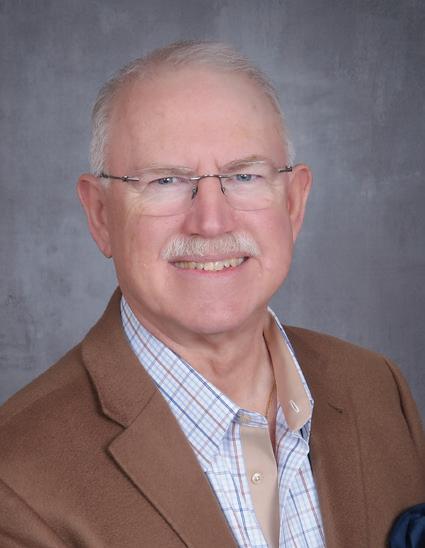
Steven Yeffa has more than three decades of experience as a corporate executive, creating IPOs and hundreds of millions in value in multiple sectors throughout the world. He is currently the CEO of Flight Adventure Parks, the largest company-owned adventure park network in North America. He has a proven record of helping companies reach their highest financial objectives through strategic corporate management, clear financial planning, team-building, mentoring, and robust internal controls.

Thomas Zheng brings over 16 years of experience at Hawaiian Airlines, where he currently serves as Vice President of Tech Operations Business Planning and Services. His vast knowledge of the aviation industry is backed by a strong educational foundation, holding a degree in Applied Mathematics and Master’s degrees in both Electrical Engineering (MSEE) and Business Administration. This unique combination of technical and business expertise has been key to his successful career. Outside of work, Thomas volunteers as the Program Director for Hawaii Pacific “ACEing Autism,” a nonprofit that provides impactful sports-based interventions for individuals with autism.
Welcome aboard!
By Rio W., Pearl Harbor Aviation Museum Volunteer
I’ve always loved aviation. My passion for aviation and history took flight when I visited Pearl Harbor Aviation Museum and attended the Museum’s summer programs. Each experience only fueled my excitement further, and soon, I was playing tour guide for my family, enthusiastically sharing everything I had learned! During these summer camps, many of the staff noticed my passion for aviation and history. A few of them suggested I look into volunteering. The idea stuck, and not long after, I began my volunteer journey with the Museum.
When I first started as a volunteer, I worked in the Raytheon Pavilion, greeting guests and sharing insights into The Walt Disney Studios and World War II exhibit. Now, I’m up in the tower giving tours, and I absolutely love it. It provides me with the opportunity to speak with people from all over the world about a topic I find extremely interesting. Public speaking has always been something I enjoyed, but this experience has really helped me improve.
The best part of volunteering here is by far the people; the staff, fellow volunteers, and the visitors all have incredible

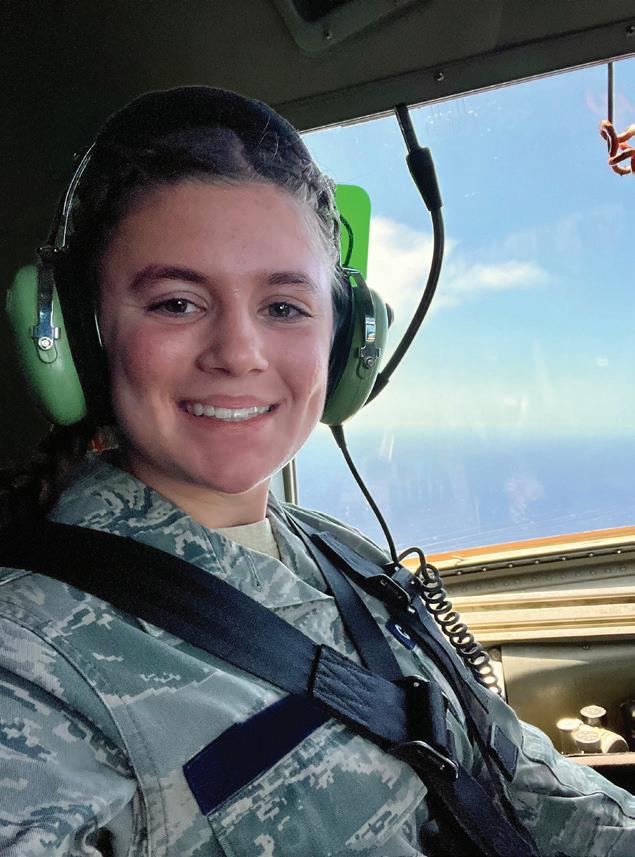
stories to share. I’m constantly learning, whether it’s about aviation, World War II, or just some random fun facts. Even on slow days, there is always something to talk about.
My favorite memory as a Museum volunteer happened right after I had ended a shift.
John Gleeson, who is a World War II veteran and a 101-year-old volunteer, was there that day. When I met him, he quickly learned I was a Civil Air Patrol cadet, just like he had been! Instead of shaking my hand and taking a picture like everyone else, he pulled me aside to talk. It was extremely touching and is a special moment I’ll always cherish.
One of the most valuable skills I’ve gained from this experience is the ability to retain and present information confidently. I’ve always been comfortable with public speaking, but I used to rely on notes. Now, I can give a full tour just from memory, which is something I never thought I’d be able to do.
For anyone thinking about volunteering at the Museum, just go for it! If you have a passion for history, aviation, or just love meeting new people, it’s an amazing experience. The environment is so welcoming and there is always something to do.
We’re always seeking volunteers for various positions at our Museum. If you’re interested in contributing your time and skills, please contact Concierges, Public Programs, & Volunteer Services Manager, Arisa Helbick, at ArisaH@ pearlharboraviationmuseum.com.
By Amanda Sheley, Collections Manager/Registrar
Visitors to the Museum can now experience history from a whole new vantage point with the unveiling of a unique exhibit that offers an elevated view of this iconic site. Timeline on the Terrace, located on the new Rooftop Terrace, atop the historic Ford Island Operations Building, offers guests a sweeping panorama of the harbor while immersing them in the pivotal events of December 7, 1941.
This exhibit utilizes the 360° view from atop the building with audio and visual aides to help orient our visitors geographically, and get a true sense of scale of the attack. Guests can stand where history unfolded and look out over the same waters that once witnessed such devastation. Meanwhile, the voices of those who lived it fill the air with memories. The combination of audible accounts, viewfinders, reader rails, and a five-minute video rendition offers diverse learning opportunities tailored


to different visitor preferences. This multifaceted approach ensures that guests can engage with history in a manner that resonates with them, helping to deepen their understanding and appreciation of the sacrifices made and the resilience that followed.
Included in admission, and open daily, rain or shine, Timeline on the Terrace is a must-see for history enthusiasts and anyone seeking to understand the enduring legacy of Pearl Harbor. It stands as a powerful reminder of the past and a tribute to those who lived through it.
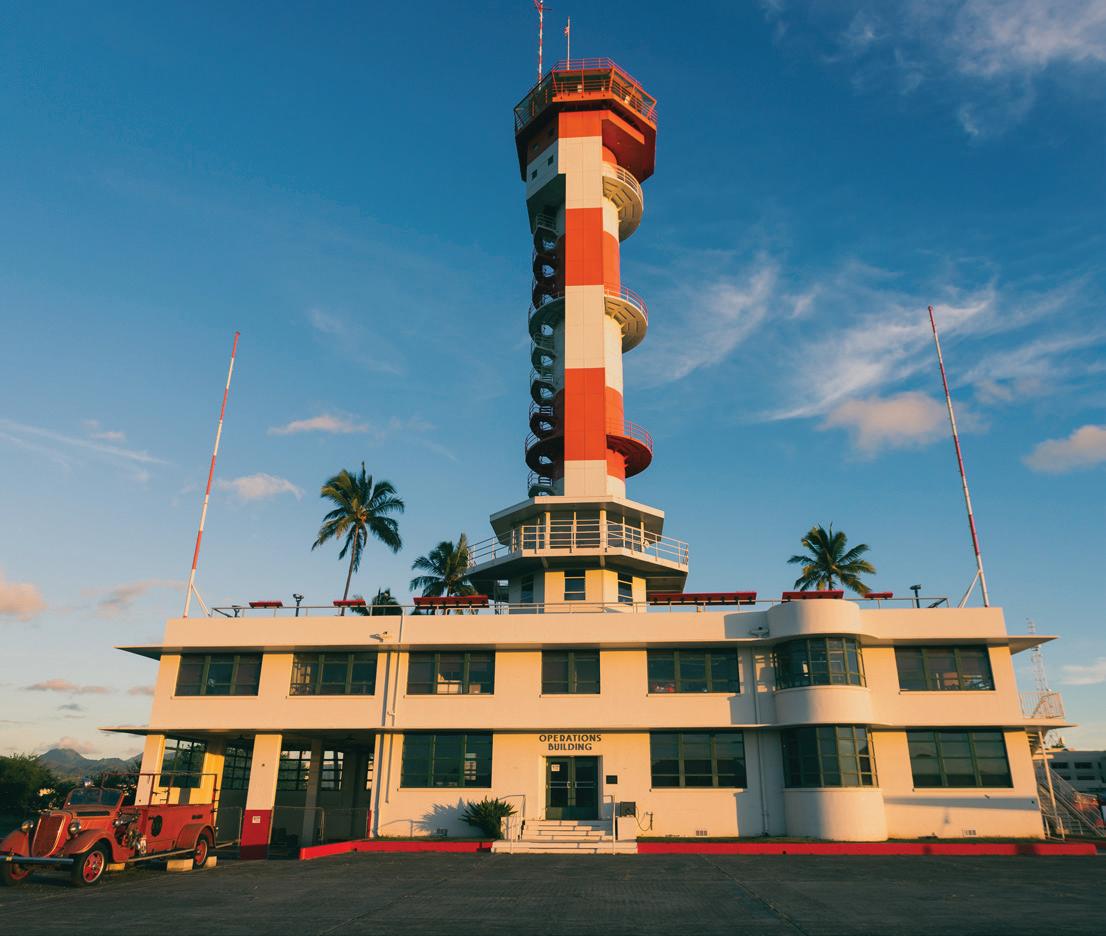

By C.D. Morales, Pearl Harbor Aviation Museum Docent
I often wonder if walls could talk, what would they say? In the case of the Ford Island Operations Building (Building 84), a structure full of historical significance, I’m certain there would be plenty of chatter about the attack on Pearl Harbor and the surrounding areas.
This building housed Firehouse 4, as well as the aerological tower on the top deck, and the upper control tower being built at the time of the attack on December 7, 1941. Eighty-three years later, the rooftop terrace is now home to a new exhibit called Timeline on the Terrace, but not much has changed on this small and idyllic island. The military buildings are true to the war years, simple and functional.
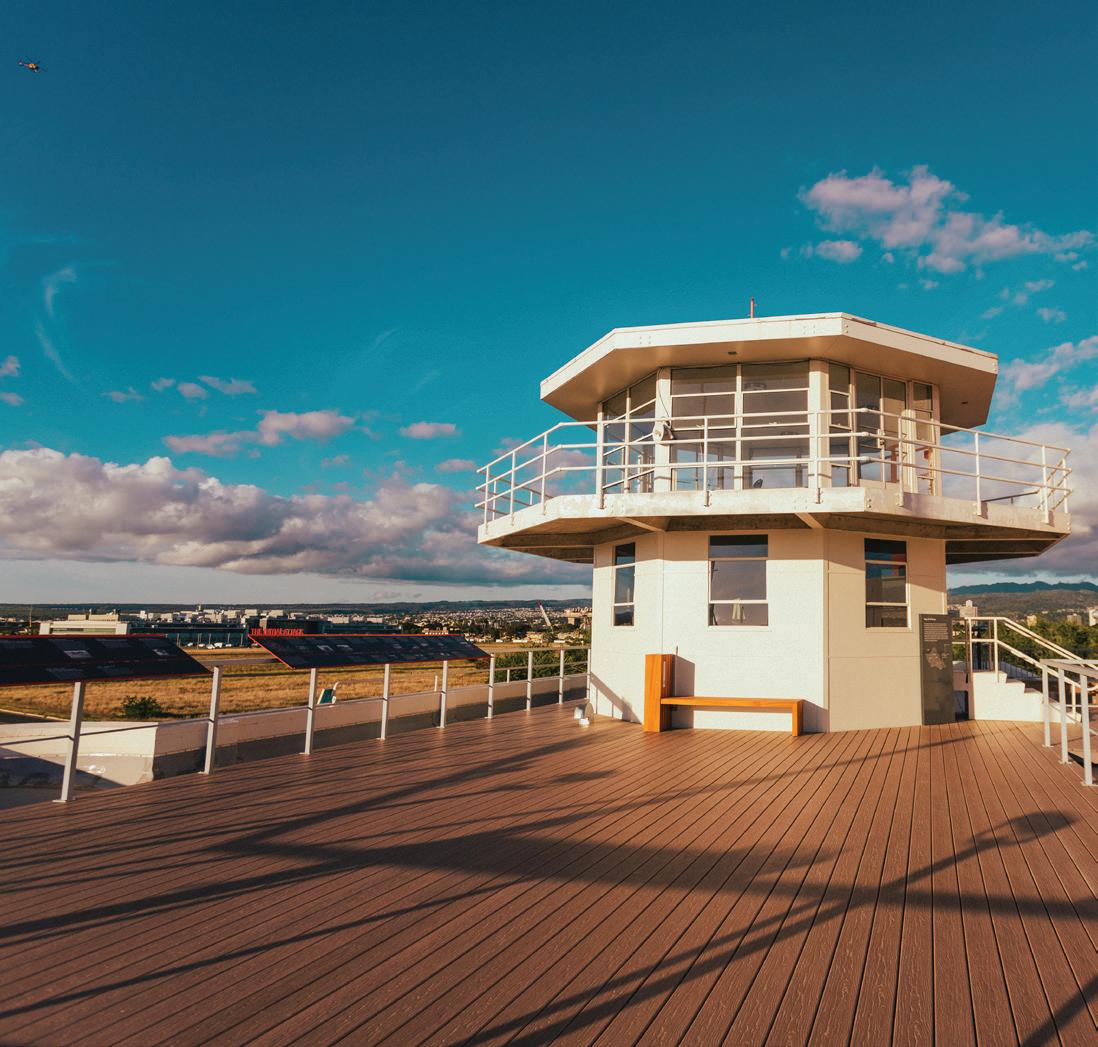

The rooftop terrace of the third floor of this Operations Building looks out over Ford Island. The sharply defined Waianae Range to the west, and the lush Ko’olau Range to the northeast. Stillness envelops you as you gaze out over the landscape. You take in the sights around you, the blue skyline with great cumulus clouds, on most days. The greenery of the summits and trees. Then your gaze drops to Pearl Harbor. Scanning the area, you pause surveying the USS Missouri, wondering about the battleships that were moored on Battleship Row. You may even find that you are holding your breath, tense, as you look about
Expecting the worst…the silence one experiences on the terrace is the quietness that servicemen and women felt on Sunday, December 7, 1941. The rustling of the palm trees, the wind whispers, and the birds sing in their melodic song. We look out over hallowed ground. We remember. We ponder. We may even imagine what our service members, their families, and friends went through. You might look to the skies when an airplane flies over, as several do, and wonder what it would be like to see one wave of Japanese planes, and then in an hour another wave flying over. Strafing, bombing, exacting terror on a beautiful and serene morning.
Yet this building stands strong, like those service members, holding memories of our past, our present, and our future. Lest we forget, and may we never forget that this was not a drill, but a day when the United States was catapulted into World War II.
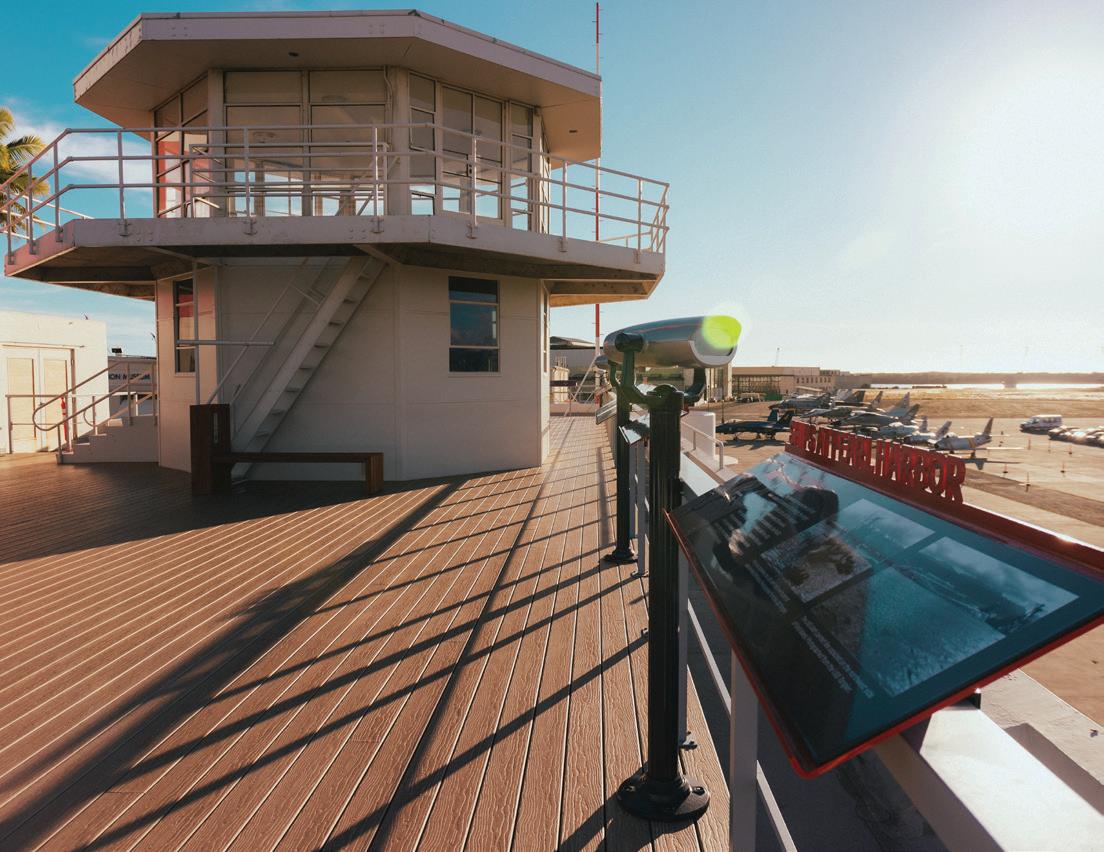
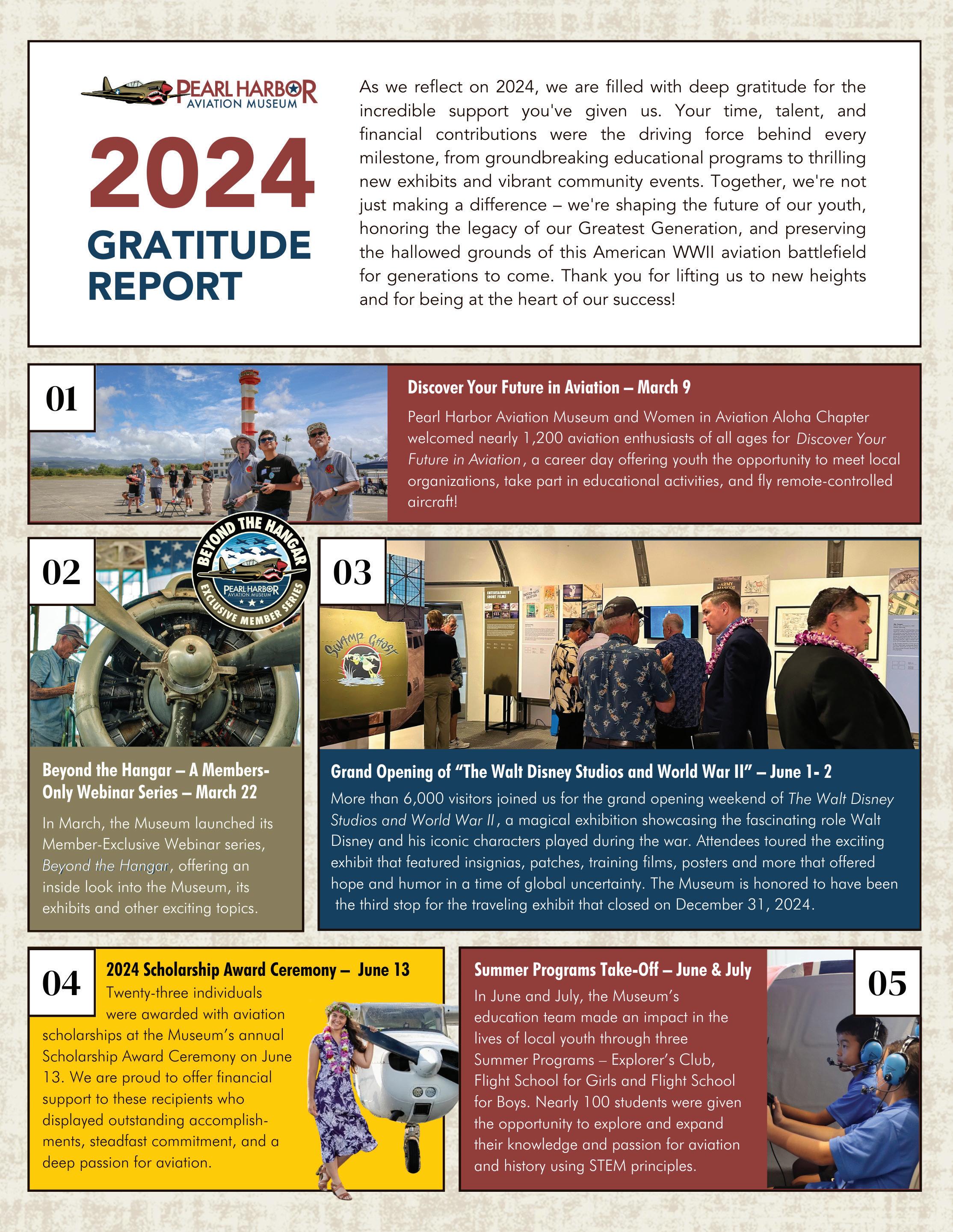
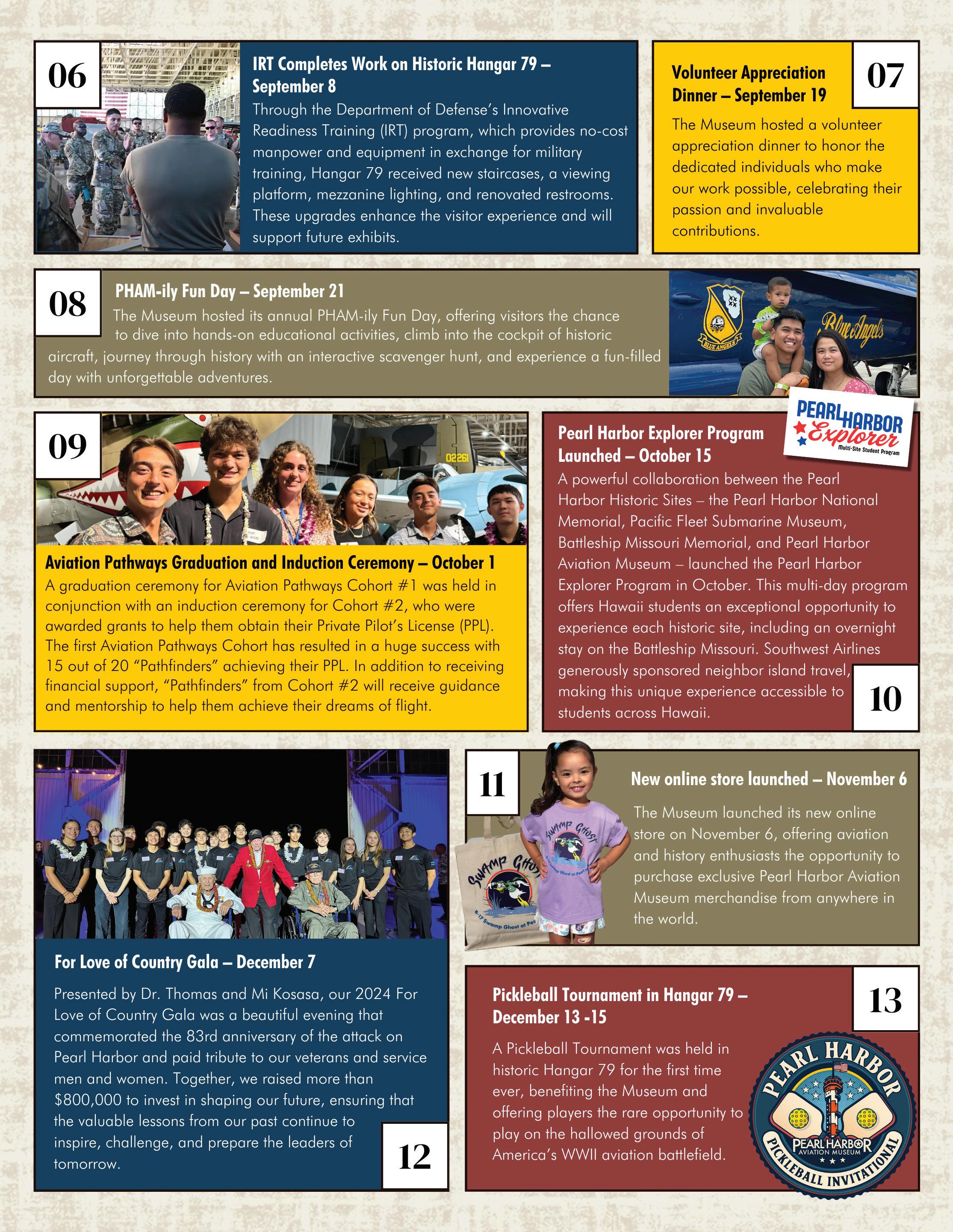
By Woo Ri Kim, Senior Director of Philanthropic Strategies and Programs
On December 7, 2024, nearly 600 guests gathered in historic Hangar 79 for an unforgettable evening of remembrance, honoring our veterans and service members. The event not only celebrated their sacrifices but also raised essential funds to ensure the lessons of our past continue to inspire, challenge, and shape the leaders of tomorrow.
The night began with a beautiful performance of the national anthem and Hawaii Ponoi by the talented Farrington High School choir. A heartfelt tribute to veterans followed, honoring Susan Page Coffee, wife of the late POW Captain Jerry Coffee; Captain Jim Hickerson, USN (Ret.), a Vietnam Veteran and former POW, and his wife, Carole Hickerson, who played a key role in the POW-MIA movement; Iwo Jima Veteran Corporal Don Graves, USMC (Ret.); Petty Officer 3rd Class Allan Chatwin, USN (Ret.); and 8th Air Force Flight Engineer John Gleeson, U.S. Army Air Forces. These heroes received an emotional standing ovation, followed by a patriotic medley sung by Jordan Segundo.
The evening continued with a tribute to the American pilots in the skies over Pearl Harbor on December 7, 1941. With support from Pearl Harbor Aviation Museum Historian Daniel A Martinez, keynote speaker General Richard B. Myers, a retired Air Force pilot who served as the 15th Chairman of the Joint Chiefs of Staff, and featured speaker Captain Rober t “Hoot” Gibson, a Vietnam Naval aviator, fighter pilot, and NASA astronaut, honored the pilots of the USS Enterprise who bravely rose to defend the nation that fateful day. A moment of silence was observed to honor those who never returned, their lives cut short amid the chaos of enemy aircraft and friendly fire as they tried to land just beyond our hangar doors.
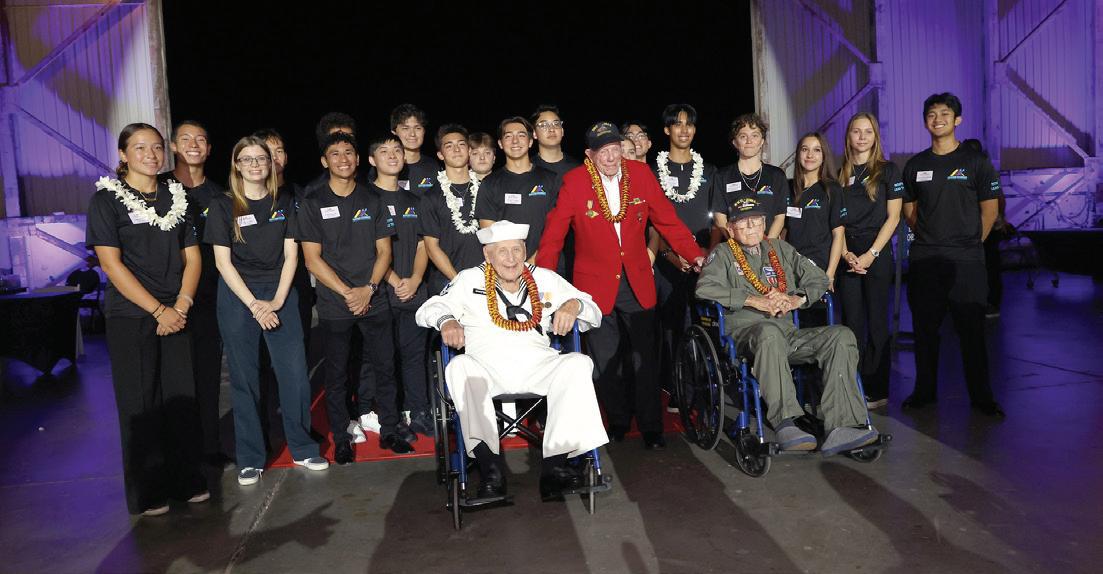
After the tributes, the Spirit of Aviation Award was presented to Si Robin, a true visionary who embodies resilience, unity, and the power of flight. An innovator with over 80 patents, Si has transformed aviation technology and dedicated his life to empowering the next generation of aviators. His leadership and passion inspire others to reach new heights in aviation.
The Ray Foundation generously continued their multi-year support with a $125,000 challenge gift for the Raise the Paddle for Education. This contribution will fund Aviation Pathways, a program offering training and flight grants to students pursuing their private pilot license. With the match, over $275,000 was raised to empower Hawaii’s youth and open doors to their future in aviation!
A heartfelt thank you to our 2024 For Love of Country Gala’s Presenting Sponsors and co-chairs, Dr. Thomas and Mi Kosasa, Grand Education Sponsors, Rick and Teresa Price, along with all our sponsors, guests, gala committee, staff, and volunteers. Their collective effort made this unforgettable evening possible, supporting the Museum’s mission to preserve this WWII aviation battlefield, honor our Greatest Generation, and inspire future leaders.
Mark your calendars for this year’s For Love of Country Gala, on Saturday, December 6, 2025. To learn more or to reserve your spot, visit: www.ForLoveofCountry.org
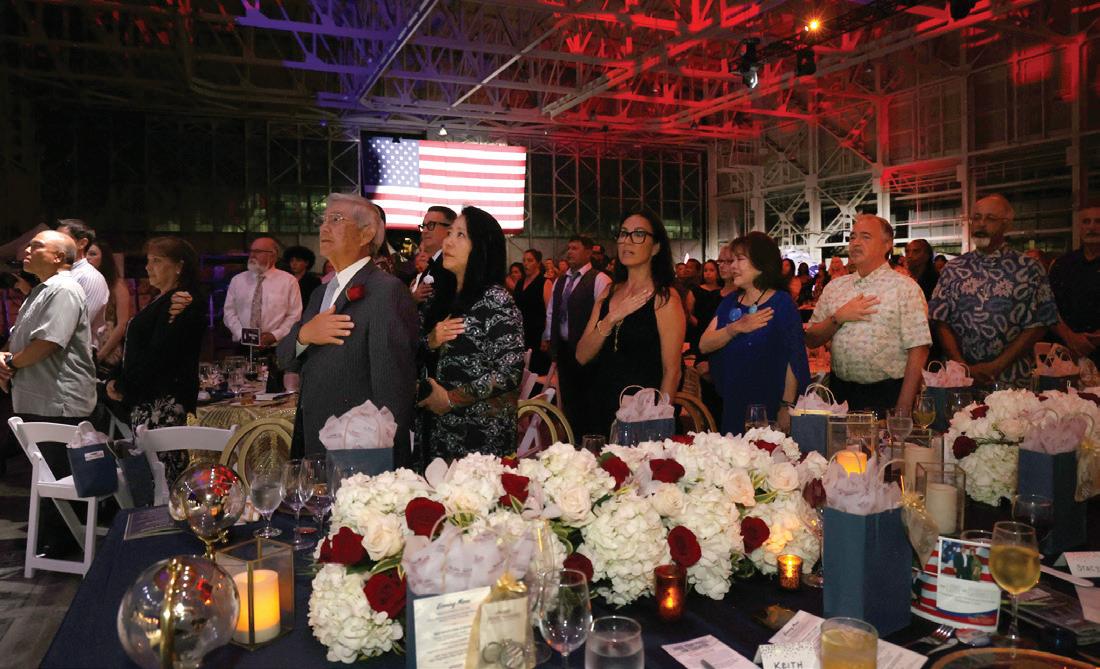
Guests pay tribute to our nation and all service members past and present during the National Anthem at Pearl Harbor Aviation Museum's 2024 For Love of Country Gala.
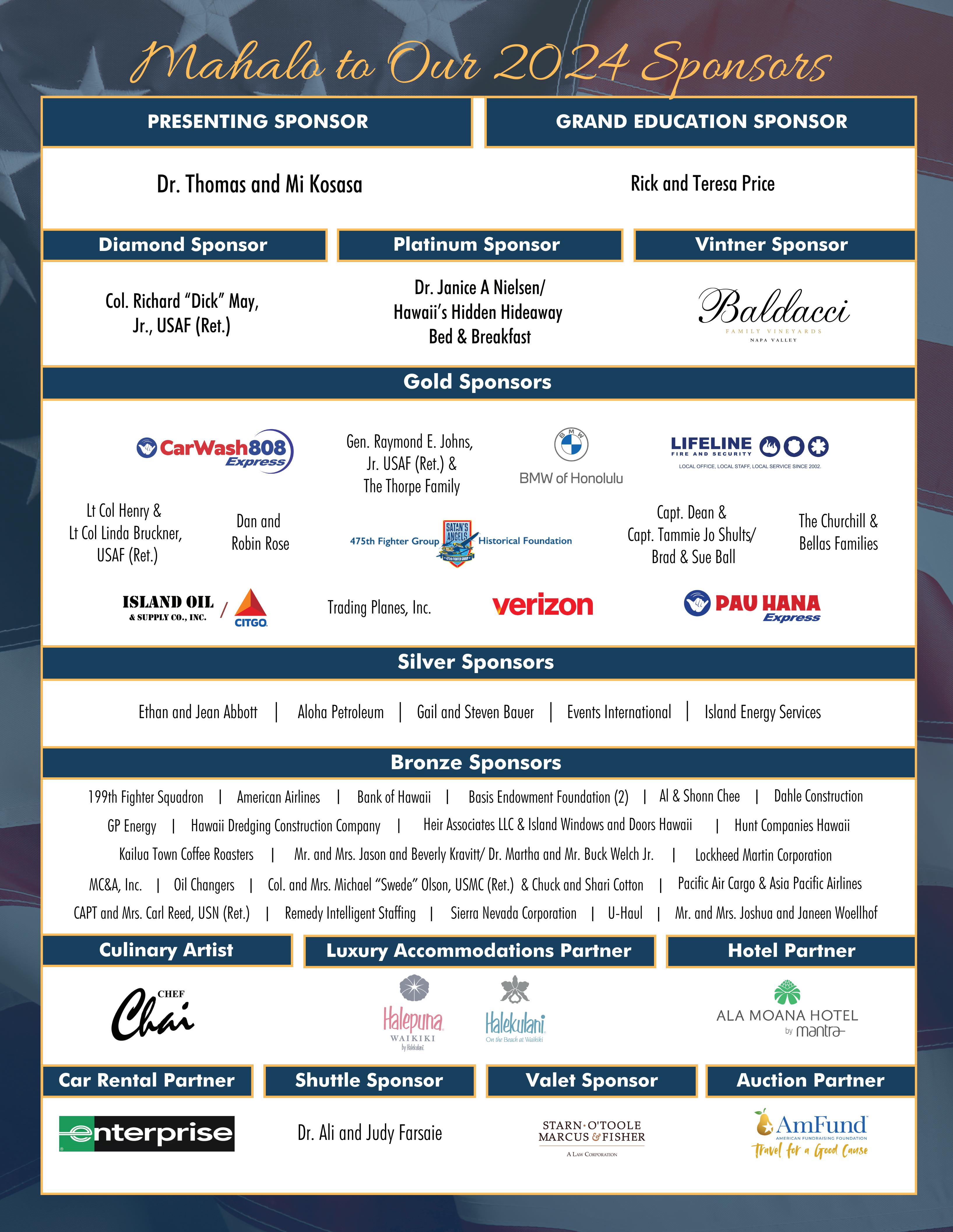
A
Pearl Harbor Aviation Museum NOTAM Special Section
This year marks the 83rd anniversary of the Doolittle Raid, a pivotal moment in World War II that exemplified courage, ingenuity, and resilience. In commemoration, we’re proud to share two insightful articles that explore different facets of this historic mission.
The following pages reflect on this daring chapter of history and honor the legacy of those who made the Doolittle Raid a symbol of American determination and resolve.
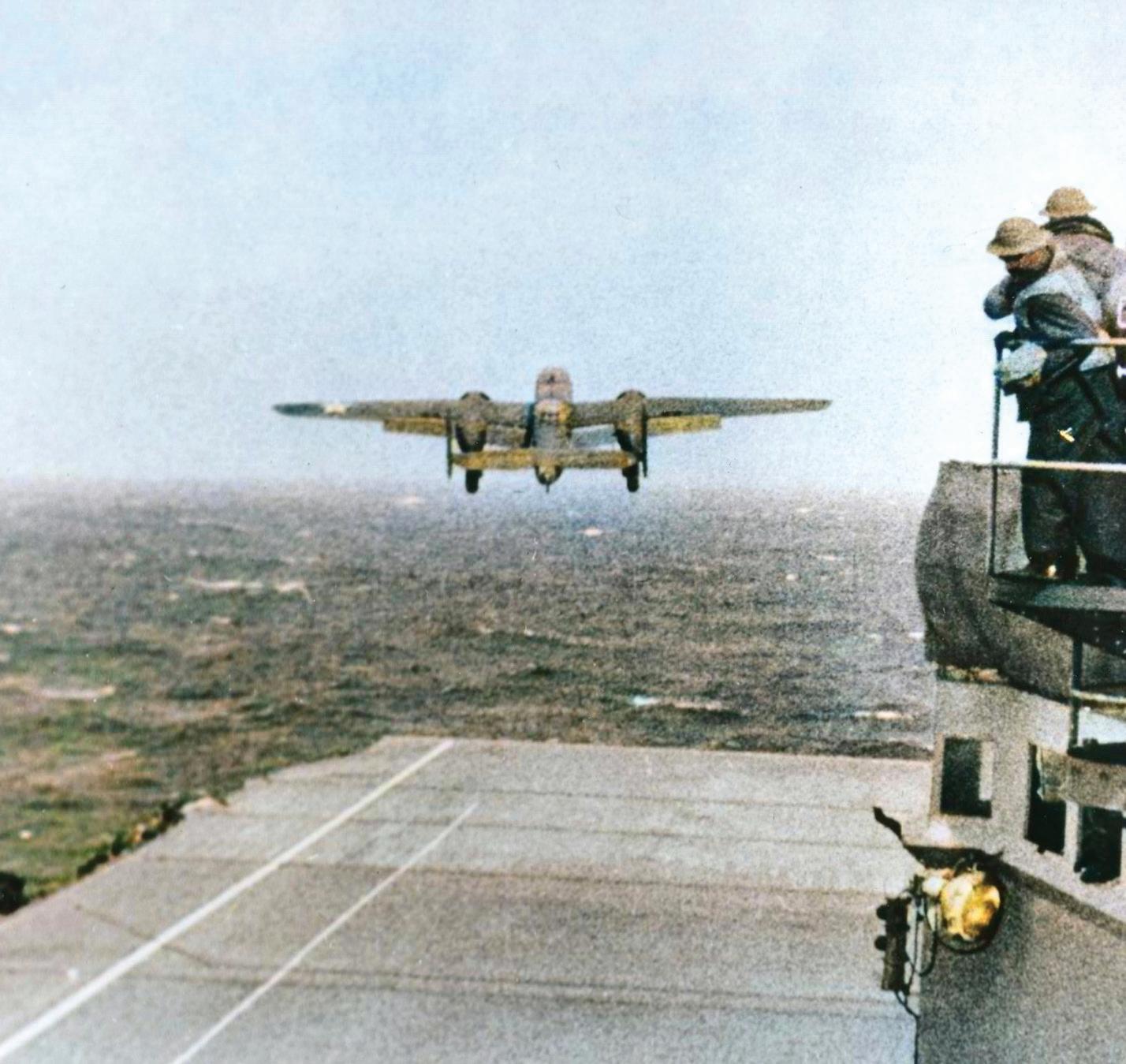
By Daniel A. Martinez, Pearl Harbor Aviation Museum Historian
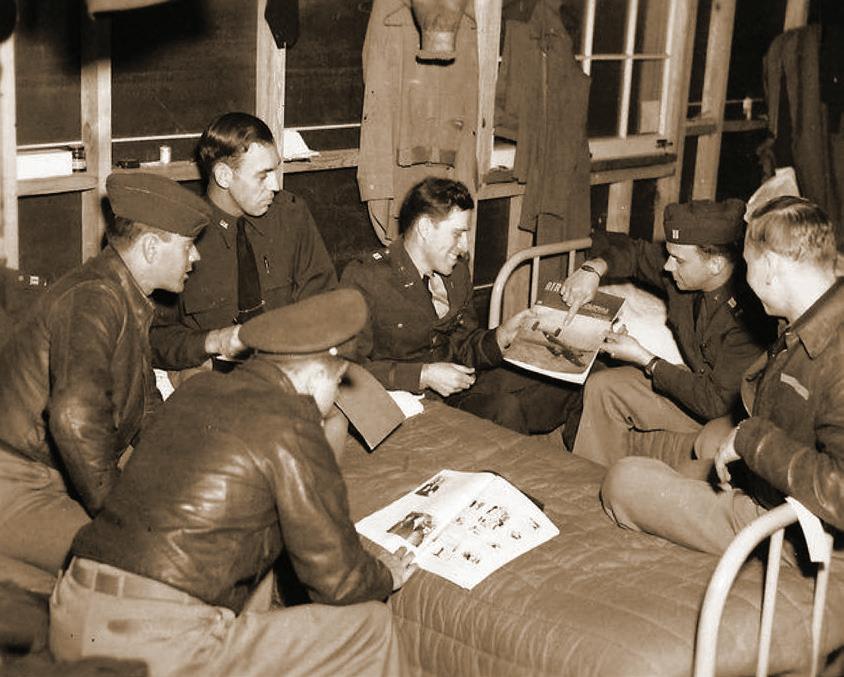

The attack on Pearl Harbor on December 7th, 1941 left President Franklin Roosevelt in a frenzy to gather his military and civilian advisors to ponder which decisions should be made and how they should respond. He quickly made it clear to his advisors that a strike must be made against Japan. This was the hatching of a plan the U.S. was not yet prepared to carry out. But who was to lead this daring raid?
The selection was swift; General Henry “Hap” Arnold asked for Colonel James Doolittle’s opinion on aircraft capability followed by a request to lead the program. This renowned aviator and innovator would have to tackle a series of technical issues before such a defeat could be deemed feasible.
The first obstacle was in choosing which aircraft would carry out the raid. It needed to be a medium bomber that could carry a significant payload, had sufficient range and the space for additional fuel tanks, but also could take off on the limited space of an aircraft carrier. After a series of tests, the North American B-25B Mitchell was ultimately chosen by Col. Doolittle and his advisors. They planned on using 16 in the raid but requested 24 in case spares were needed.
With aircraft selection complete, the task of recruiting highly skilled pilots commenced. They found units stationed in Pendleton Field, Oregon who were qualified in the B-25 and transferred them immediately to Eglin Field, FL, where the final crews would decide to participate and undertake training. On March 3rd, 1942, 140 Army aviators and crew gathered in a secure building where Col. Doolittle began with these words: “My name is Doolittle. I've been put in charge of the project that
you men have volunteered for. It's a tough one and it will be the most dangerous thing any of you have ever done. Any man can drop out and nothing will ever be said about it. The operation must be made-up entirely of volunteers. If anyone wants to bow out, he can do so right now.”
Describing the training process, Clayton Chun noted in his book The Doolittle Raid 1942, “They had to learn how to take off with a 31,000 pound B-25 from a carrier's deck, conduct low altitude bombing, succeed in cross country flying, perform night navigation and practice gunnery. Home runs were made at 1,500 feet. To avoid bomb fragmentation the crews also had to adjust to the newly modified B-25B’s and test their capabilities. They had to gain maximum aircraft performance with a minimum of fuel consumption.”
With modified aircraft and trained men, the task force made of the USS Hornet and seven support ships was ready to make the move. They loaded 16 B-25B Mitchells on the deck, and departed on April 2nd, 1942 at 10:00 a.m. A light fog surrounded the task force as it made its way through the cloudy mist of San Francisco Bay.
Many of the soon-to-be “Doolittle Raiders” watched as the Hornet slipped underneath the Golden Gate Bridge. For some, it would be their last glimpse of the United States. They quietly disappeared into the fog as they began their mission.
Over the USS Hornet’s loudspeaker was this announcement, “This force is bound for Tokyo!” Cheers rose from the ship’s crew and the Army aviators.
By Dr. Janice A. Nielsen, Pearl Harbor Aviation Charter Member and Supporter
I’ve always had an interest in WWII history, but a visit to the National Air Force Aviation Museum ignited a deeper personal connection specifically to the Doolittle Raiders. I discovered that one of the Raiders shared my surname— Chase Jay Nielsen—and that moment set me on a path of discovery. I then visited the University of Texas in Dallas where I had the opportunity to study the repository of the Jimmy Doolittle papers. What I uncovered was both captivating and profoundly moving.
After the attack on Pearl Harbor, President Roosevelt pushed for a quick bombing of Japan to boost morale. Navy Captain Francis S. Low suggested flying Army planes off a Navy carrier. The plan, developed by Admiral King and General Arnold, was given to Lt. Col. Doolittle, with 125 volunteers for the secret mission, Aviation Mission Project #1.
The North American B-25B Mitchell bomber was chosen for its short wingspan, allowing it to clear the carrier's island on takeoff. To save weight for extra fuel, planes were heavily modified, including removing the lower gun turret and radio sets, and replacing the bombsight with a 20-cent version created by Captain C.R. Greening. Two wooden 50-caliber machine guns were used to mimic a rear gun.
The pilots were told of the mission details aboard the USS Hornet after leaving San Francisco. Sixteen planes with fiveman crews flew over Tokyo, Yokohama, Yokosuka, Kobe, Osaka, and Nagoya. Targets were military sites, industrial compounds, factories, and utility plants. After believing they had been spotted by a Japanese patrol boat, it was decided to take off 200 miles earlier in the worst turbulent stormy weather imaginable. None of the pilots had ever taken off from a carrier until that moment, including Doolittle. It was now up to the navigators to get them there
with no viable celestial navigation. By a prayer, they found Japan’s coastline and reached their targets. All bombs were released, hitting ten of the main targets, three alternate targets, and others that looked viable.
After escaping to China, twelve aircraft crashed in heavy rain at night forcing crews to bail out; for all but Doolittle himself, this was their first time using a parachute. Three other crews ditched, and one landed in Russia, where the crew was interned before being smuggled to Iran. Two drowned during ditching, one died parachuting, and eight were captured by the Japanese, who treated them as war criminals and were tried and convicted. There, two pilots and a gunner were executed, and one died of starvation.
Japanese records showed 86 died in the attacks and around 400 were injured. Japan then pulled many of its forces back to defend the homeland. It is estimated that the Japanese killed some 250,000 Chinese people for assisting the Raiders escape.
Doolittle expected a court-martial for losing the aircraft but was instead promoted to Brigadier General and awarded the Medal of Honor. He ensured all Raiders were promoted as well. Of the 28 crew members in the China-Burma-India Theater, five were killed. Nineteen flew in North Africa, where four were killed. Nine served in the European Theater, where one was killed. While in Europe another was captured as a POW and held at Stalag Luft III. Twelve died in combat within 15 months of the raid.
Head of the Nationalist government in China, Chiang Kai-Shek, awarded the raiders China’s highest military decorations and predicted that Japan would alter their strategy because of the disgrace. The raid boosted American morale and changed the course of the war. Thank you to those heroes.
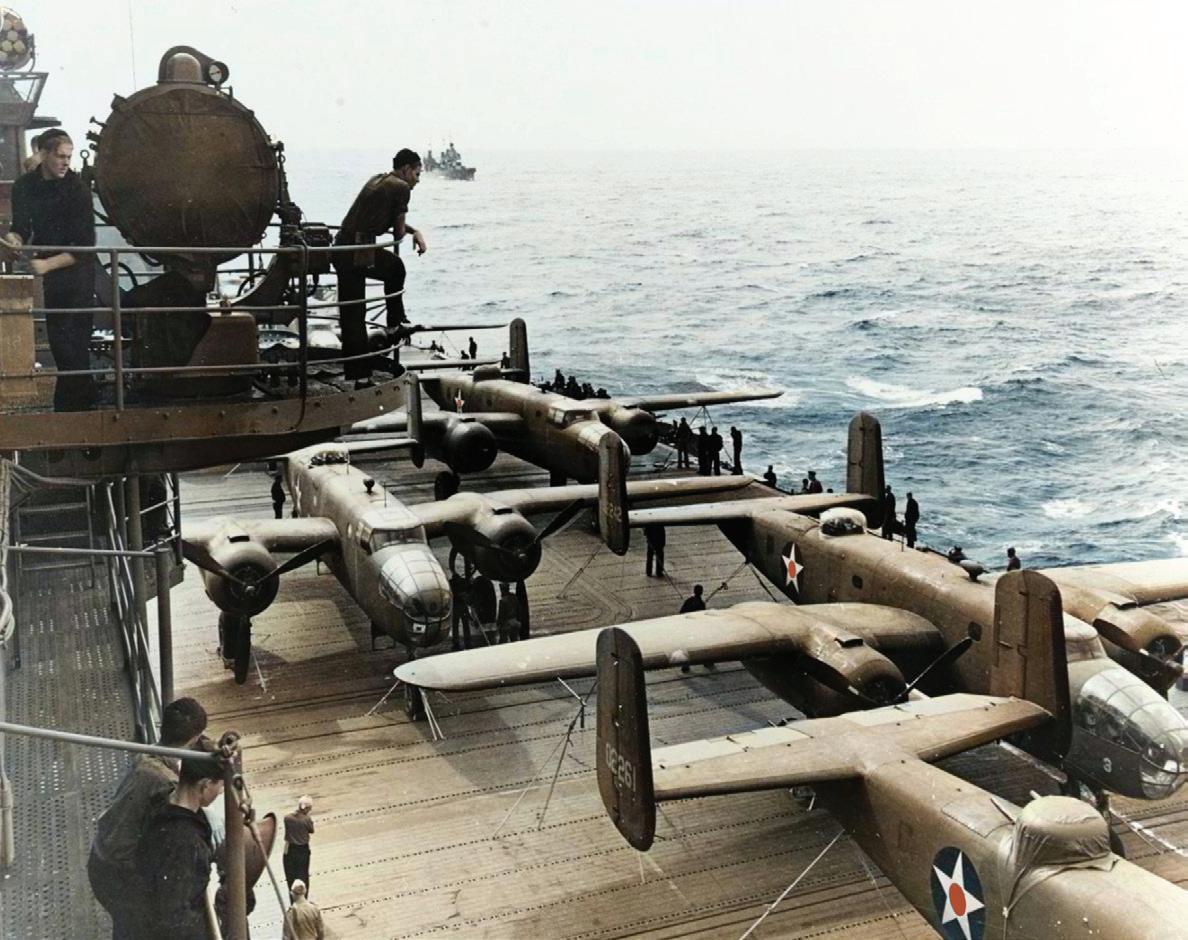
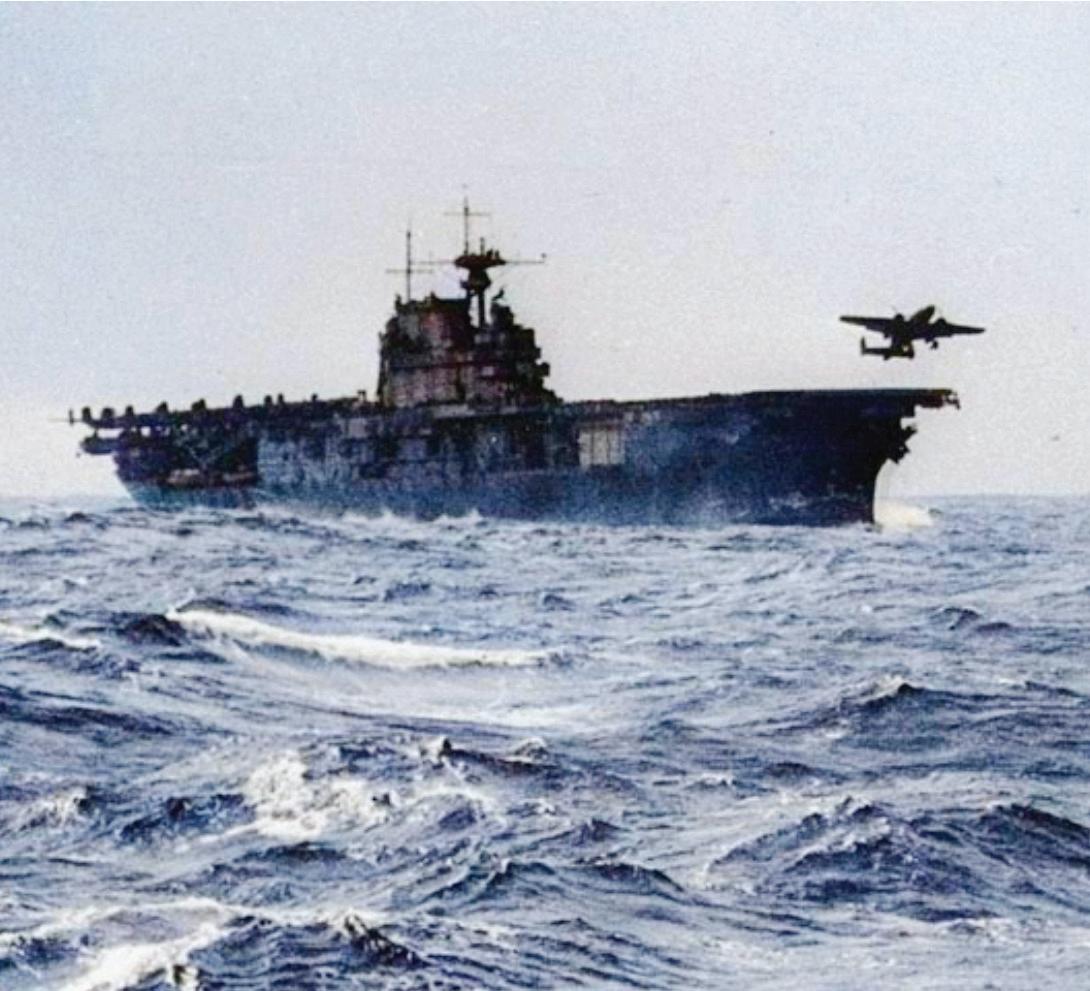
View looking aft and to port from the island of USS
(CV-8), while en route to the mission's launching point.

Lieutenant Colonel James H. Doolittle (left front), leader of the attacking force, and Captain Marc A. Mitscher, Commanding Officer of USS Hornet (CV-8), pose with a 500-pound bomb and USAAF aircrew members during ceremonies on Hornet's flight deck, while the raid task force was en route to the launching point.

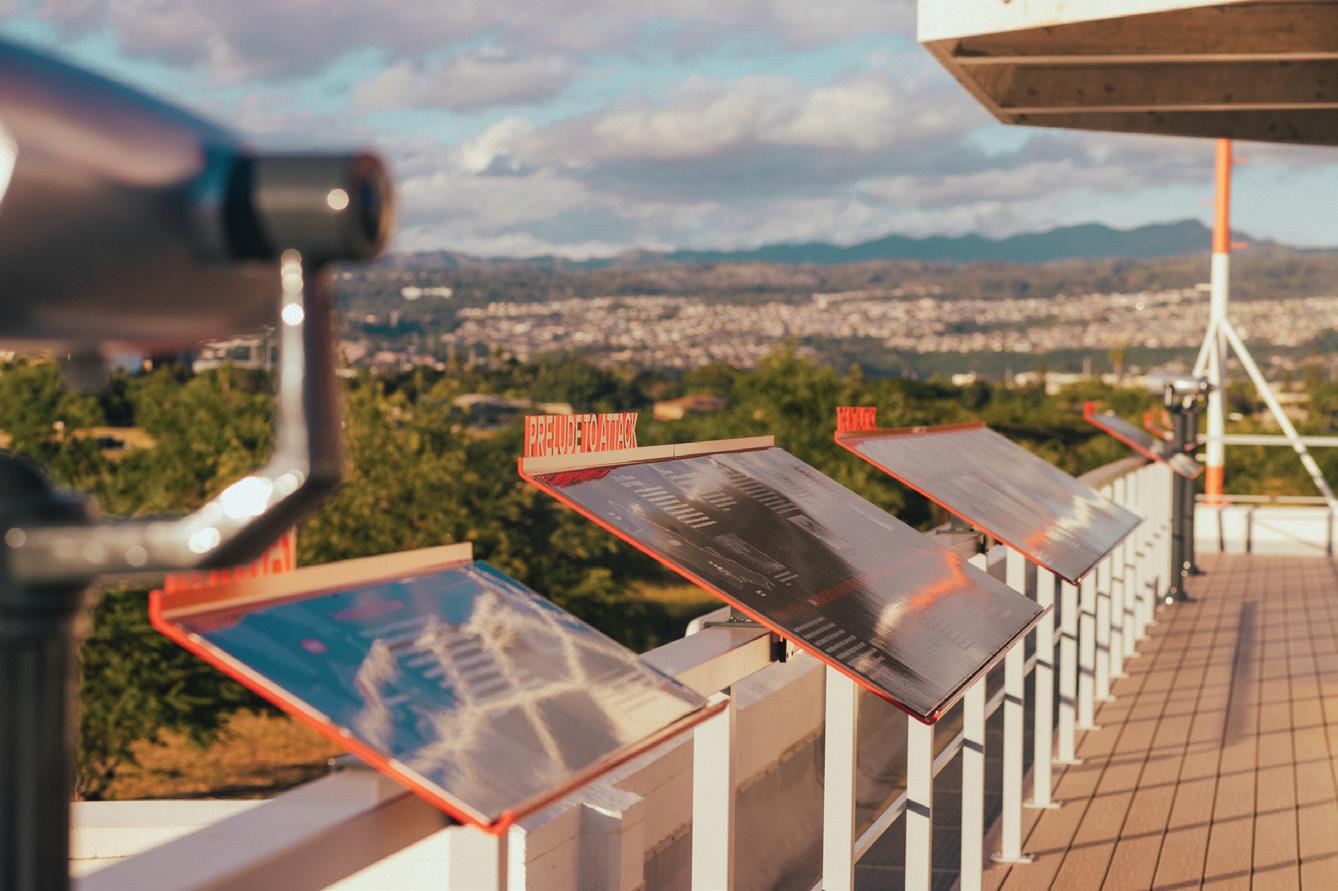
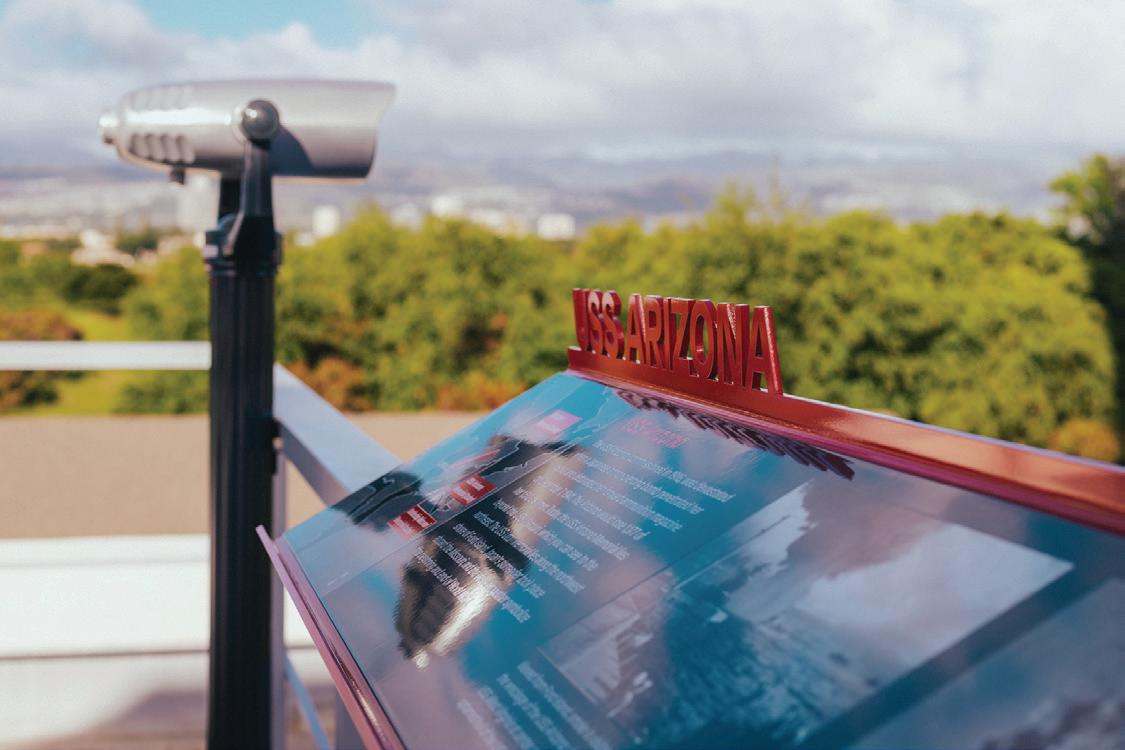

R O O F T O P
T e r r a c e
Timeline on the Terrace, located on the new Rooftop Terrace, atop the historic Ford Island Operations Building, offers guests a unique perspective of the infamous events of December 7, 1941, through a mix of audio, visual, and tactile elements This must-see exhibit is included in each general admission ticket with an upgraded Top of the Tower Tour option available
